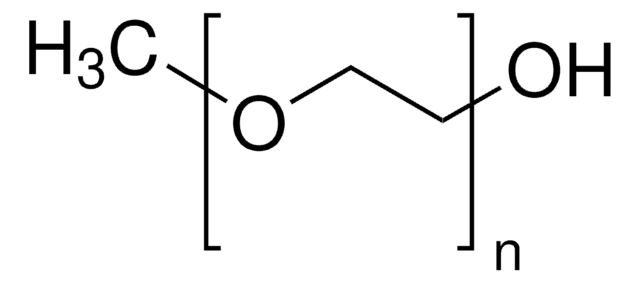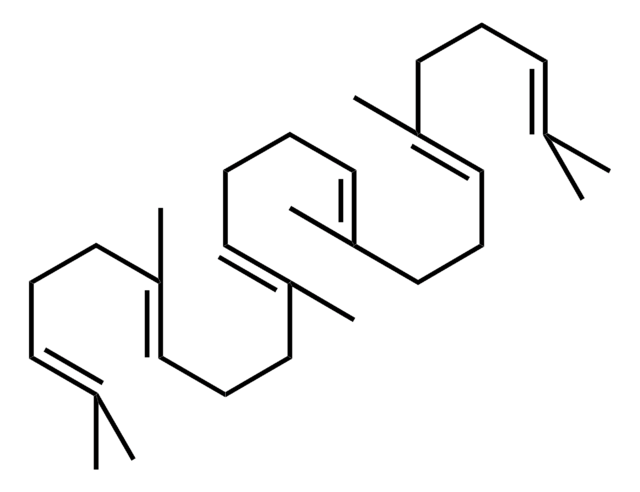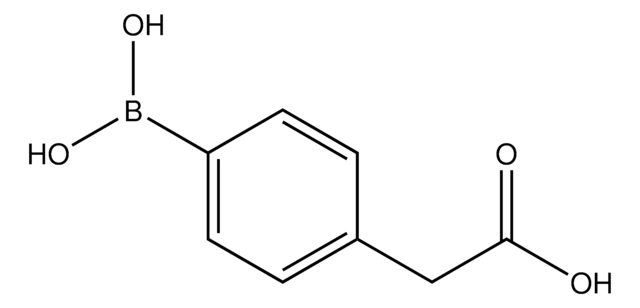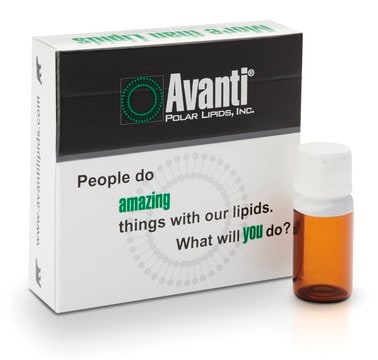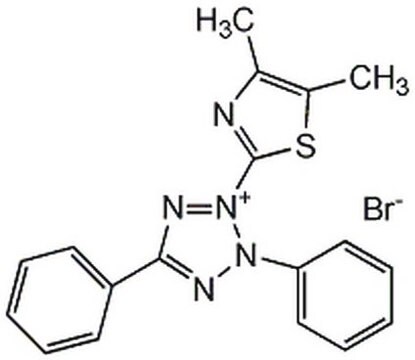V900238
Diethylene glycol monoethyl ether
Vetec™, reagent grade, 99%
Sinonimo/i:
2-(2-Ethoxyethoxy)ethanol, CARBITOL™, Diethylene glycol ethyl ether, Ethyldiglycol
About This Item
Prodotti consigliati
Grado
reagent grade
Densità del vapore
4.63 (vs air)
Tensione di vapore
0.12 mmHg ( 20 °C)
Nome Commerciale
Vetec™
Saggio
99%
Stato
liquid
Limite di esplosione
1.2 %, 135 °F
23.5 %, 182 °F
Impurezze
≤0.10% water
water
Indice di rifrazione
n20/D 1.427 (lit.)
P. ebollizione
202 °C (lit.)
Punto di fusione
-80 °C (lit.)
Densità
0.999 g/mL at 25 °C (lit.)
Stringa SMILE
CCOCCOCCO
InChI
1S/C6H14O3/c1-2-8-5-6-9-4-3-7/h7H,2-6H2,1H3
XXJWXESWEXIICW-UHFFFAOYSA-N
Cerchi prodotti simili? Visita Guida al confronto tra prodotti
Note legali
Codice della classe di stoccaggio
10 - Combustible liquids
Classe di pericolosità dell'acqua (WGK)
WGK 1
Punto d’infiammabilità (°F)
204.8 °F - closed cup
Punto d’infiammabilità (°C)
96 °C - closed cup
Scegli una delle versioni più recenti:
Possiedi già questo prodotto?
I documenti relativi ai prodotti acquistati recentemente sono disponibili nell’Archivio dei documenti.
Il team dei nostri ricercatori vanta grande esperienza in tutte le aree della ricerca quali Life Science, scienza dei materiali, sintesi chimica, cromatografia, discipline analitiche, ecc..
Contatta l'Assistenza Tecnica.